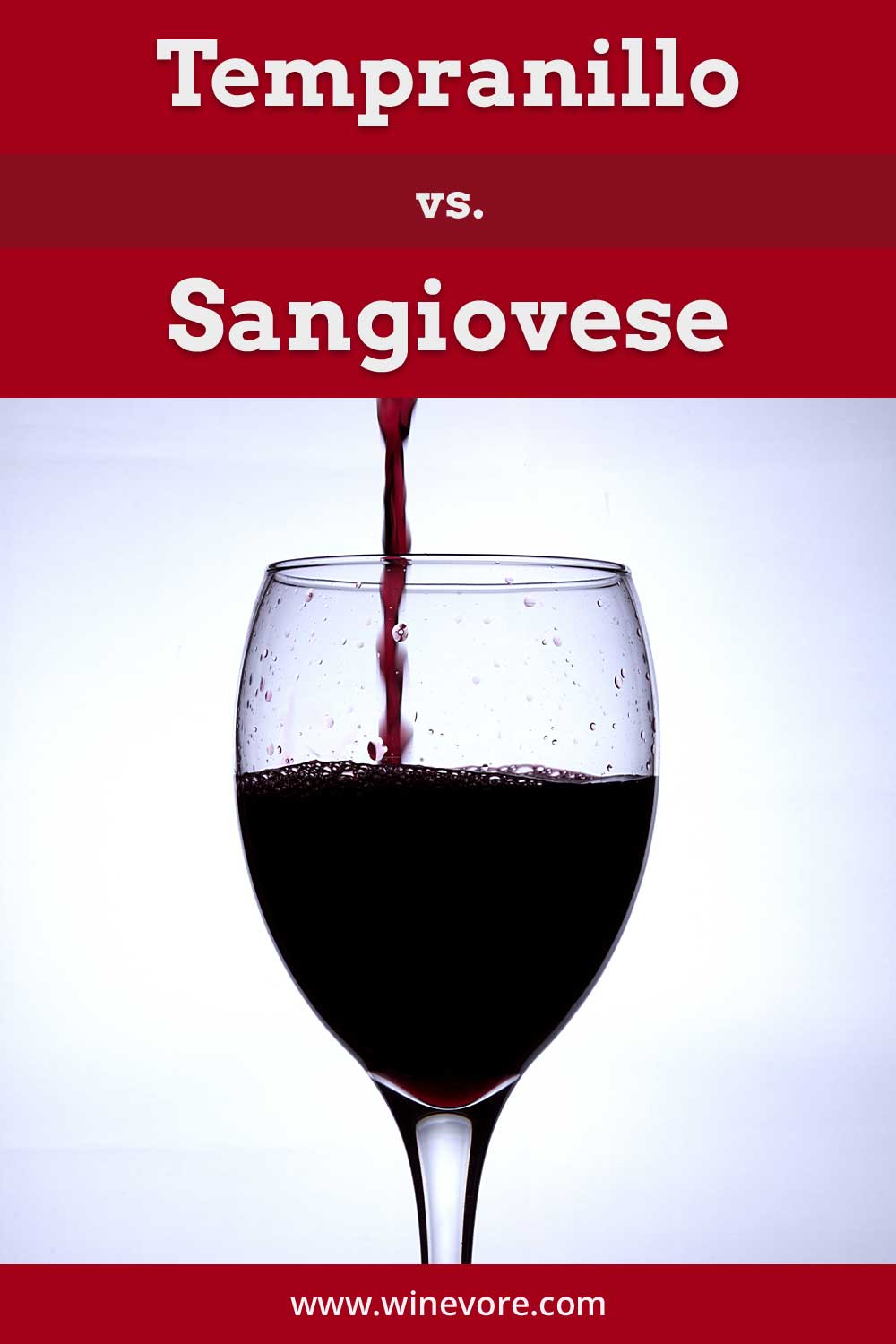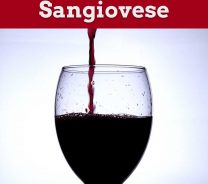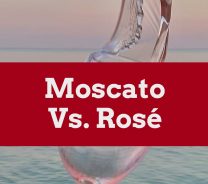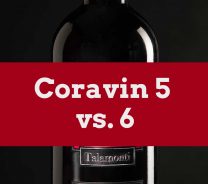Tempranillo vs Sangiovese
Last Updated on August 1st, 2023
Reader Disclosure Disclosure: We may earn commissions for purchases made through links on our site. Learn more on our about us page.You’re probably wondering how similar these two wines are. How are they different? Let’s explore the specific comparison between the Tempranillo and the Sangiovese.
Is Tempranillo The Same As Sangiovese?
Tempranillo Is most definitely not the same as Sangiovese. They have many conflicting differences that set them apart from each other. But, as you’ll see, they couldn’t be more different!
What Is Similar About Tempranillo And Sangiovese?
You’ll find the only similarities between these two layers within their notes, wine type, and style. For example, Tempranillo and Sangiovese are red wines that are both made into dry styles and share a note of cherry.
What Is The Difference Between Tempranillo And Sangiovese?
You will find the differences between these two to be much stronger than their similarities. Especially in a plethora of areas such as origin, grape type, alcohol content, notes, styles, and even food pairings! Now that’s a mouthful.
Tempranillo is a dry red wine made from a black grape wine variety that’s native to Spain. It holds more savory figs, cedar, tobacco, and dill notes. Tempranillo is known to pair perfectly with Mexican cuisines and other foods, including lamb, burgers, corn, and baked pasta.

Sangiovese is a red wine originating from Italy that is most commonly made in dry, semi-sweet, and sweet styles. It contains a set of unique notes, including roasted tomato, balsamic, oregano, and espresso.
Sangiovese is known to be best paired with grilled meats and spiced foods like red peppers and tomatoes.
Which One Is Sweeter Or Drier Than The Other?
Tempranillo’s savory notes of cedar and tobacco will make this wine taste drier in taste compared to the Sangiovese. While those vegetable notes of Sangiovese, such as tomato, will allow this wine to have a sweeter taste than the Tempranillo.
Which One Has More Alcohol Content?
Tempranillo is the one considered to hold more alcohol content than the Sangiovese. Tempranillo holds around 13.5-15% alcohol by volume, while Sangiovese holds around 12-14% alcohol by volume.
The alcohol levels of these wines can vary depending on the region in which the wine was produced, for warmer regions tend to produce beverages with higher alcohol content.
In comparison, regions with cooler climates tend to produce these beverages with lower alcohol content.
How Do I Choose Between Tempranillo And Sangiovese?
If you’re planning on serving Mexican cuisine at your next dinner party, your guests will be pleased to see that you’re serving Tempranillo, for it goes perfectly with that genre of cuisine.
In addition, Tempranillo is perfect for those who prefer a more dry wine with savory notes. So if that’s you, give it a try!
When planning your next neighborhood grilled meal, consider serving Sangiovese! It compliments those roasted red peppers and tomatoes nicely.
However, if you prefer a sweeter wine with unique notes of balsamic, tomato, and oregano, then you might really enjoy the Sangiovese over a Tempranillo.
Final Thoughts On Tempranillo And Sangiovese
Although far from the same, these wines share only two similarities in their notes, wine type, and style.
The differences between these two include origin, grape type, alcohol content, notes, styles, and even food pairings! Not only is Tempranillo the more dry tasting of the pair, but it also contains more alcohol content than the two!


















